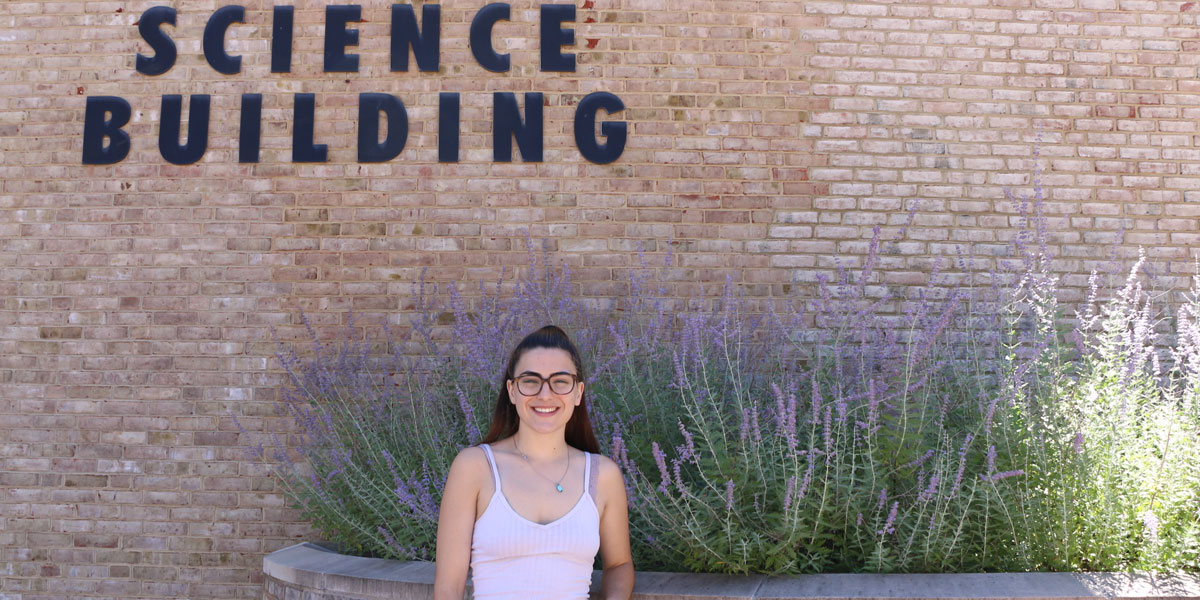
Between classes, students could be on their phones, listening to music or doing homework alone, but in some classrooms, students chat and get to know each other and work together on assignments. The difference? Learning communities.
Learning communities feature pairs of courses sharing a common theme. The same students are in both classes and often the classes are back-to-back, which makes scheduling easy and creates the opportunity for students to build relationships.
“I can't stress how much it helped me having that same group, because if we were having trouble, we talked about it, and we could vent when we were in a really bad chapter, and it helped,” said Judy D’Souza, a student in the Mind over Math learning community. “That same group moving with you from class to class makes a huge difference. It really does, and you get to know everybody.”
Mind over Math, which couples an algebra class with a psychology class, is designed specifically for students like D’Souza, who have math anxiety.
“It's more comforting knowing that you're working with the same people that are in the same situation that you're in, and knowing, OK, all of us here have trouble with math, obviously, or we wouldn't be in this class,” she said.
Biology transfer student and hopeful future doctor Olivia Edwards (pictured) decided to join a learning community to give her a boost of encouragement while she completed communication and English requirements.
“We need (social support) for every other part of life, and we need it for school too,” Edwards said. “And that made the biggest difference. … With that social support, you really feel like you can do it.”
Beyond the social benefits, the classes in learning communities are structured to have complementary content. The professors coordinate assignments, so material and good study habits are reinforced.
“The structure of the class was wonderful because (Associate Professor Haley Draper) had taught that class for so long and had gone through it so many times that she knew where students have problems and where to make it kind of easier or provide that extra support,” Edwards said about “Fundamentals of Oral Communication” (COM-111).
Even unlikely pairings – such as math and psychology – are chosen to help students in a specific way.
“When I see math I just automatically kind of freeze up,” D’Souza said. “The strategies that Dr. (Kentina) Smith gave us (in “Introduction to Psychology”) … helped a lot, too.
Ultimately, students make friends, learn new skills and earn better grades.
“I actually ended up with a B in the class, which I don't know that I would have, had I been taking it just by itself and not having that added help with the psychology class and the same group of students,” D’Souza said. “I would definitely suggest it. ... I'm actually signed up for (a learning community) in the fall.”